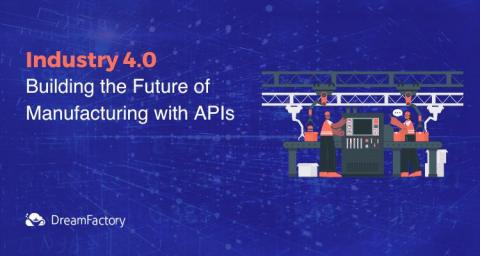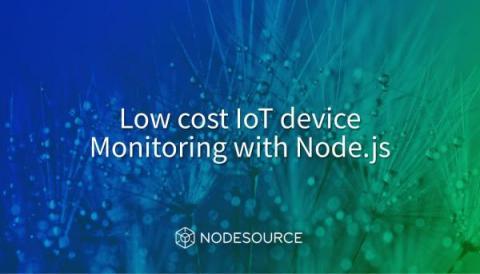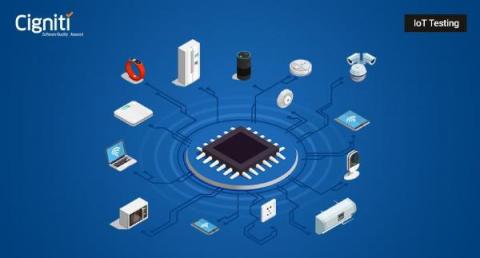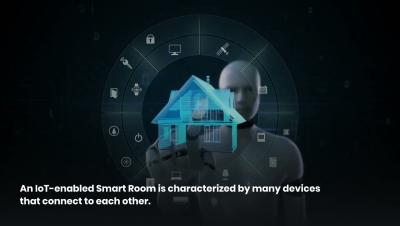Systems | Development | Analytics | API | Testing
IoT
Low cost IoT device monitoring with Node.js
The usage of resources is one of the critical factors in IoT contexts; it is common to observe that devices can suddenly disconnect when their available resources are exceeded; monitoring, however, can be worse due to the additional resource consumption required for such tracking.
Interview With IoT Specialist & CTO, Tim Panagos
For the newest instalment in our series of interviews asking leading technology specialists about their achievements in their field, we’ve welcomed Tim Panagos, CTO and Co-founder of IoT data startup Microshare. Tim is a technology executive with over twenty years of experience in enterprise software. Tim was most recently Chief Architect of Accenture’s global Business Process Management (BPM) practice, where he led software architecture innovation.
The Various Facets of IoT Firmware Analysis
Firmware is a code or software on the device that allows and enables the device to perform various tasks. The most common architectures for IoT devices are ARM and MIPS. Firmware provides the necessary instructions on how to communicate with hardware. Firmware is held in non-volatile memory devices such as ROM, EPROM, EEPROM, and code running on embedded devices. Updates to Firmware: Firmware updates are often pushed to fix bugs, roll out new features, or improve security.
IoT in Hotel Tech-The Smart Room Transformation
IoT in Hotel Tech-The Smart Room Transformation
You have just arrived at your favorite holiday destination and reached the hotel reception on a busy morning. It shouldn’t matter to you today if the hotel reception is crowded or there is no one available to help you with check-in. You will directly walk over to the self-service kiosk, enter your booking details, and scan your passport. The check-in process is completed in no time and you are provided with your room details. The kiosk even vends out your swipe card!
How IoT is Revolutionizing the Insurance Sector: Use Cases and Benefits
How IoT is Revolutionizing the Insurance Sector: Use Cases and Benefits
Traditional businesses are projected to be disrupted and revolutionized at an unprecedented rate as the Internet of Things (IoT) emerges. These new technologies have the potential to benefit the insurance business, which has been hesitant to adapt in the past. Before we get into how the Internet of Things will affect insurance, let’s define what we mean by “IoT” in this context.
Hitachi Vantara Launches Lumada Industrial DataOps for IIoT Scalability
Hitachi Vantara today announced the new Lumada Industrial DataOps portfolio with core IIoT platform framework capabilities. With this release, we are making it easier for organizations to take advantage of real-time insights and outcomes that can make critical operations more predictable and manageable. One of the highlights of this release is the introduction of IIoT Core software, which includes digital twins, ML (machine learning) service, and user interface components.
Hitachi Receives Double Recognition for IoT Leadership
More than a decade into the Internet of Things (IoT) era, the immense potential of IoT is becoming real. We’re moving from proof of concepts and pilots to projects at scale. What’s become increasingly clear is the vast complexity of deploying IoT solutions at scale and the necessity to do so to become a data-driven business.










